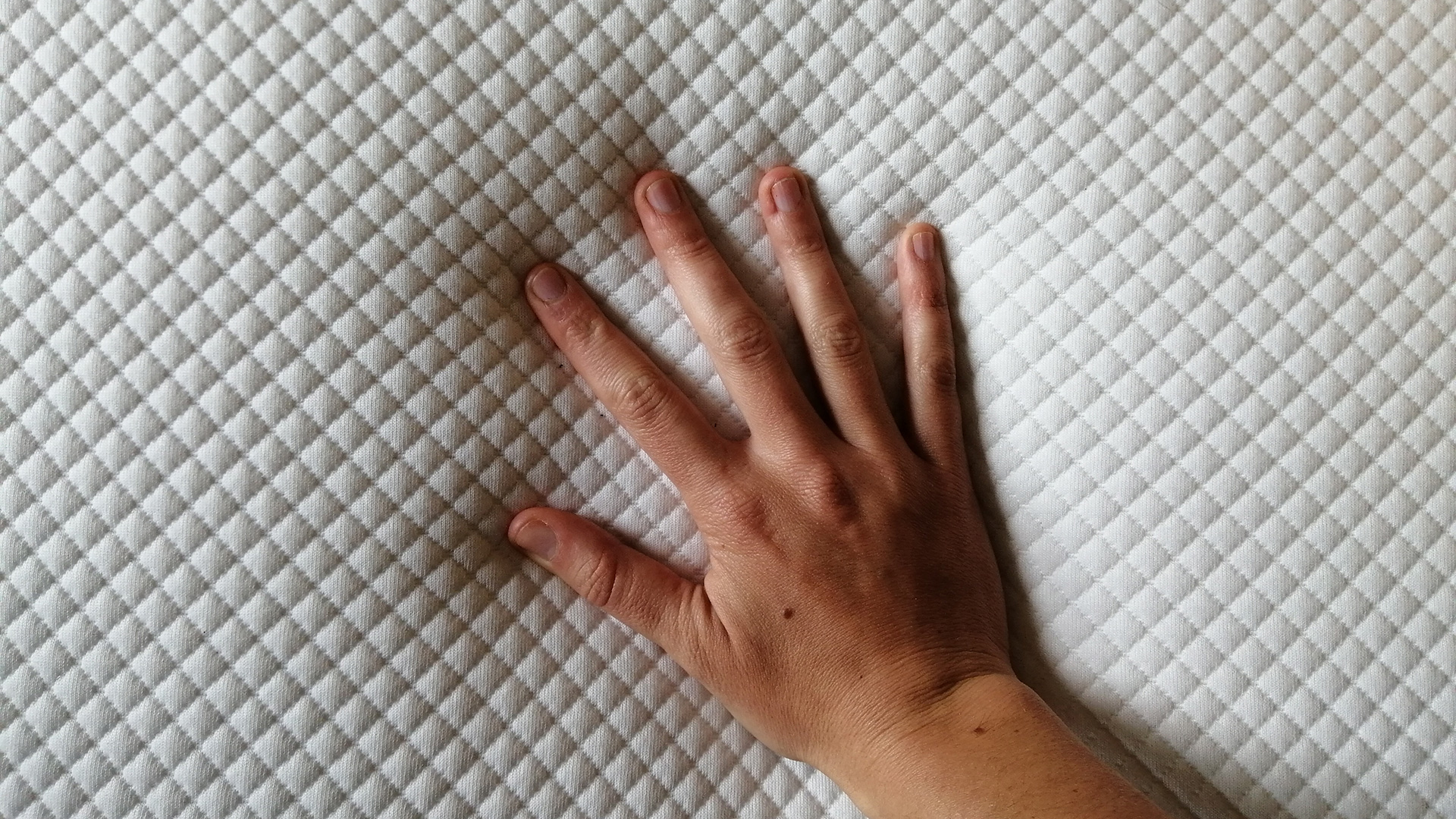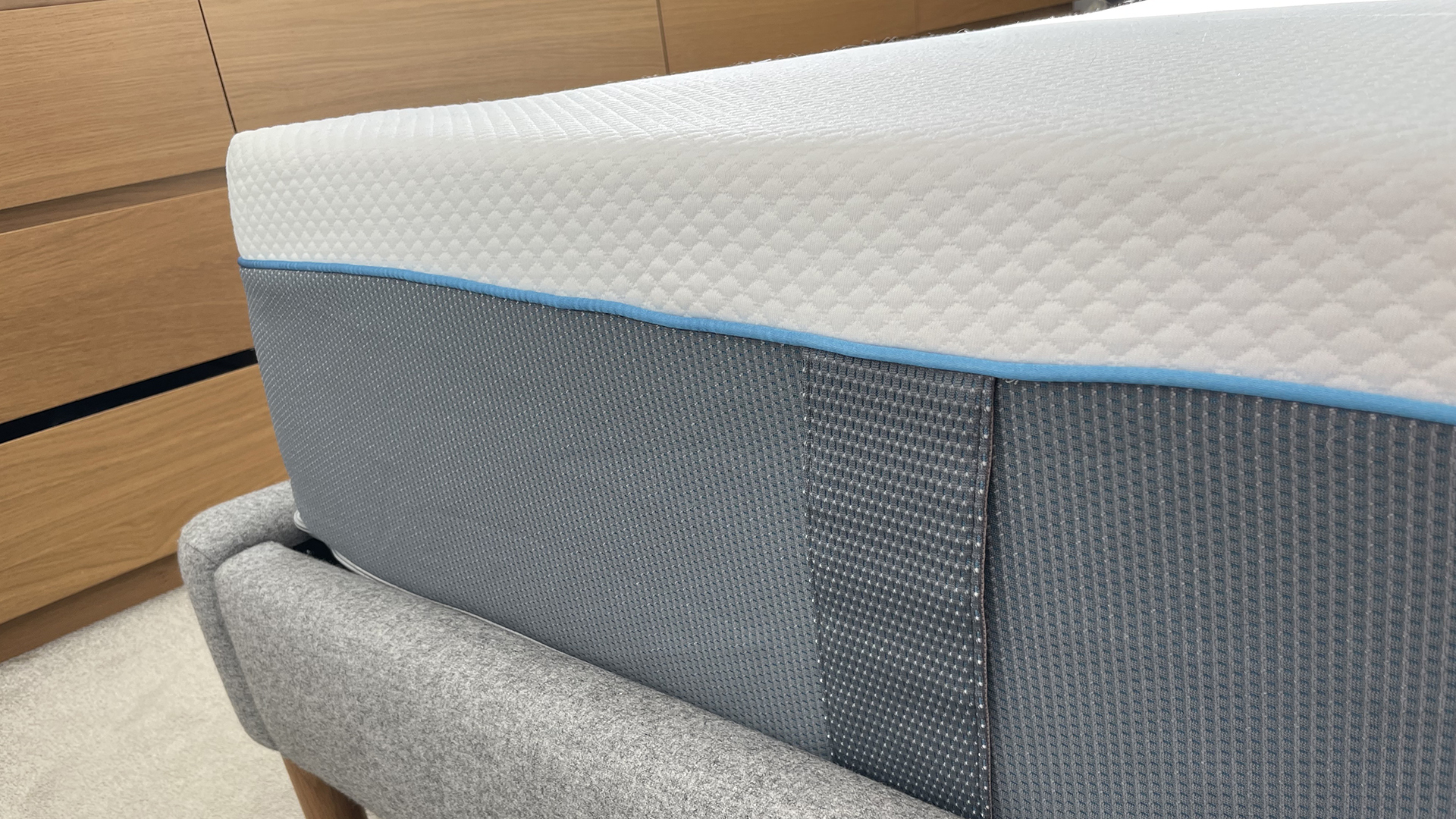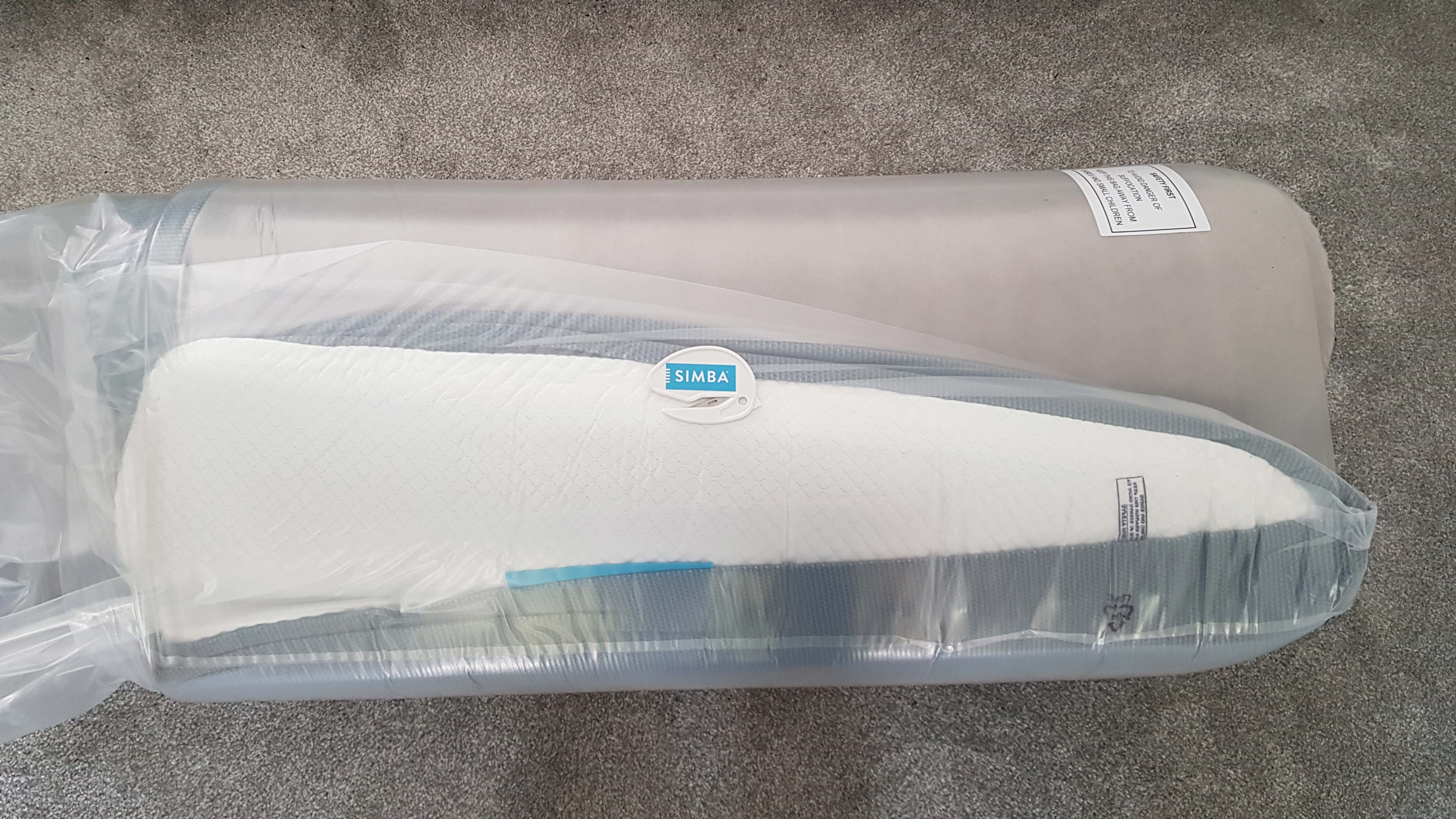5 things I wish I'd known before buying a Simba mattress
If you're thinking of buying a mattress from Simba, here are five things you need to know first...

At T3, we're generally big fans of Simba mattresses. The high-end Simba Hybrid Pro, for example, currently tops our list of the best mattresses. And the brand's other models have all received positive reviews and healthy scores from our reviewers.
This year, I got my hands on the cheapest in the range, the Simba Hybrid Essential, and I've had experience of using many others over the years. Along the way, I've learned a few things that might not be obvious to those who haven't slept in a Simba mattress before, so I'll share the five most important ones here.
If you're thinking of buying a Simba mattress, these pointers will help you decide whether to do so, as well as which model will suit you best.
1. They're on the firmer side

The Simba Hybrid Luxe is at the firmer end of the scale
One of the first things to point out about Simba mattresses is they range from medium-firm to firm: there are no models at the softer end.
For example, I'd describe my Simba Hybrid Essential as 6.5 out of 10 (where one is the softest and 10 is the firmest). An average-sized person, then, would expect to sink around 1-2 inches into it. At the more luxurious end of the price spectrum, our reviewer rated the Simba Hybrid Luxe mattress at around 8 out of 10.
If you generally prefer a softer mattress, then don't waste your time reading any further. Or, if you're not sure what your preference is, then check our guide to how firm your mattress should be.
2. They don't all have handles

The Simba Hybrid Pro has four handles along the sides of the mattress, except on the Single and Small Double mattresses
Some mattresses need regular flipping to avoid dipping over time. With Simba mattresses, that's not necessary, but rotating your mattress through 180 degrees is. In fact, it's one of the very few conditions of your 10-year warranty. You need to do this once a month for the first three months, then every three to six months for the rest of its life.
Get all the latest news, reviews, deals and buying guides on gorgeous tech, home and active products from the T3 experts
When the times comes, you realise that these mattresses are pretty heavy, especially in the larger sizes. Simba's Hybrid and Pro mattresses come with handles, which makes this task much easier. But the cheaper models don't.
As a relatively fit and strong man, I didn't have much of a problem turning my king-size Simba mattress. Others may need to ask someone to help, although ultimately that's not the end of the world. Still, it is something worth bearing in mind when you're comparing the relative price of different mattresses.
3. They need all need (some) spot cleaning

The Simba Hybrid Essential has a zipped cover, but apparently it's not suitable for removing
As they look pretty similar, you might assume that washing instructions for the different Simba mattresses are all the same. But you'd assume wrong.
If your Simba mattress doesn't have a visible zip, that means this cover is not removable or machine washable. In which case, the company recommends spot-cleaning it using a damp cloth, with light cleaning products, in small, circular motions.
If your Simba mattress does have a visible zip, that means that you can unzip the top half of the cover and stick it in the machine at 40 degrees. Unless it's the Simba Hybrid Essential, in which case you can't. In both cases, though, the grey bottom half has to be spot-cleaned.
In general, Simba advises that the best way to keep your mattress clean is to use a mattress protector, and I'd wholeheartedly agree. For more cleaning tips, check out our guide on how to clean a mattress.
4. There's a best-before date

The Simba Hybrid mattress, waiting to be unfurled
One thing I never would have guessed until I started delving into the FAQ on Simba's website is that their mattresses have a best-before open date. If you leave them compacted in the box for more than three months, Simba say the foam layers may get damaged and the mattress may take a long time to expand, or not expand properly at all.
Turns out, this is common to all bed-in-a-box mattresses, so there's no reason to single out Simba here. Indeed it's to their credit that they point it at all. And of course, this won't be an issue for most people, who'll just want to get started asap. But things may change, for example, if you've bought a new house and got a Simba mattress to go in it, but then hit a delay. (That's quite common in the UK right now, with conveyancing taking an unprecedented 16 weeks on average). If that's the case, better to expand your mattress early, even if that will add to the volume of stuff you have to move later.
If you don't leave your mattress boxed up for too long, it should be ready in around three to six hours after unboxing, although Simba does warn that it could take up to 72 hours to fully rise to the occasion. Either way, you can still sleep on it, even if it's not completely expanded.
5. Pricing is all over the place

All the prices are discounted on the Simba website... but are these savings actually real?
It's quite difficult to find out what the 'real' price of Simba mattresses is. Typically, you'll go onto their site and find that the original price has been discounted massively. But we're not entirely sure if that's ever NOT the case.
Even if Simba's own price has been reduced, that doesn't mean other retailers won't have it at a lower price still. So, it's worth regularly visiting our roundup of the best Simba mattress deals, which we update in real time.
That said, if you do buy a Simba mattress from a third-party retailer, you may find it trickier to take advantage of the 200-night trial than if you buy direct, so it's always worth paying attention to the fine print.

Tom May is a freelance writer and author of the book, Great Ted Talks: Creativity. He has been editor of Professional Photography magazine, associate editor at Creative Bloq, and deputy editor at net magazine. He has also worked for a wide range of mainstream titles including Radio Times, NME, Heat, Company and Bella.
